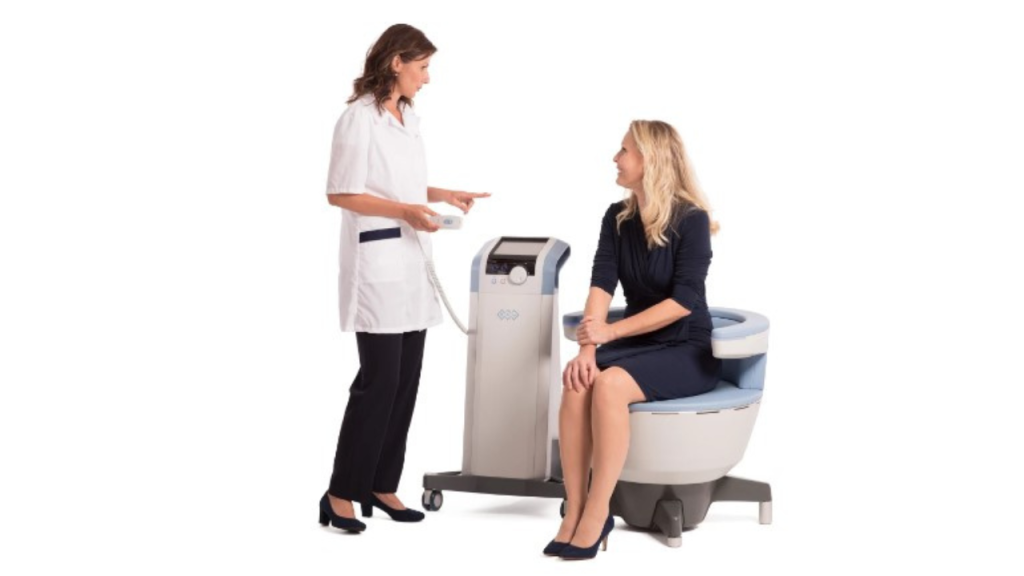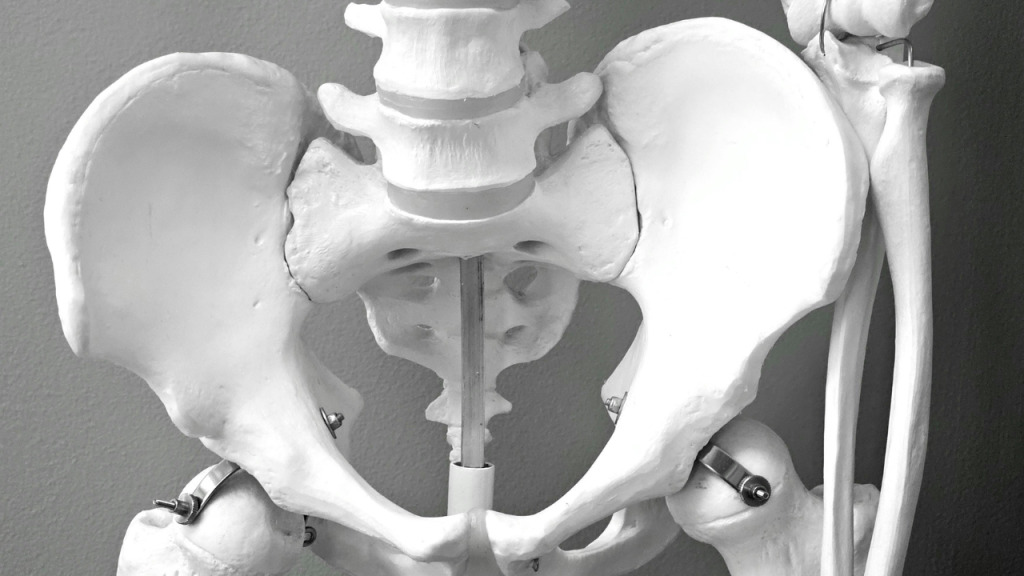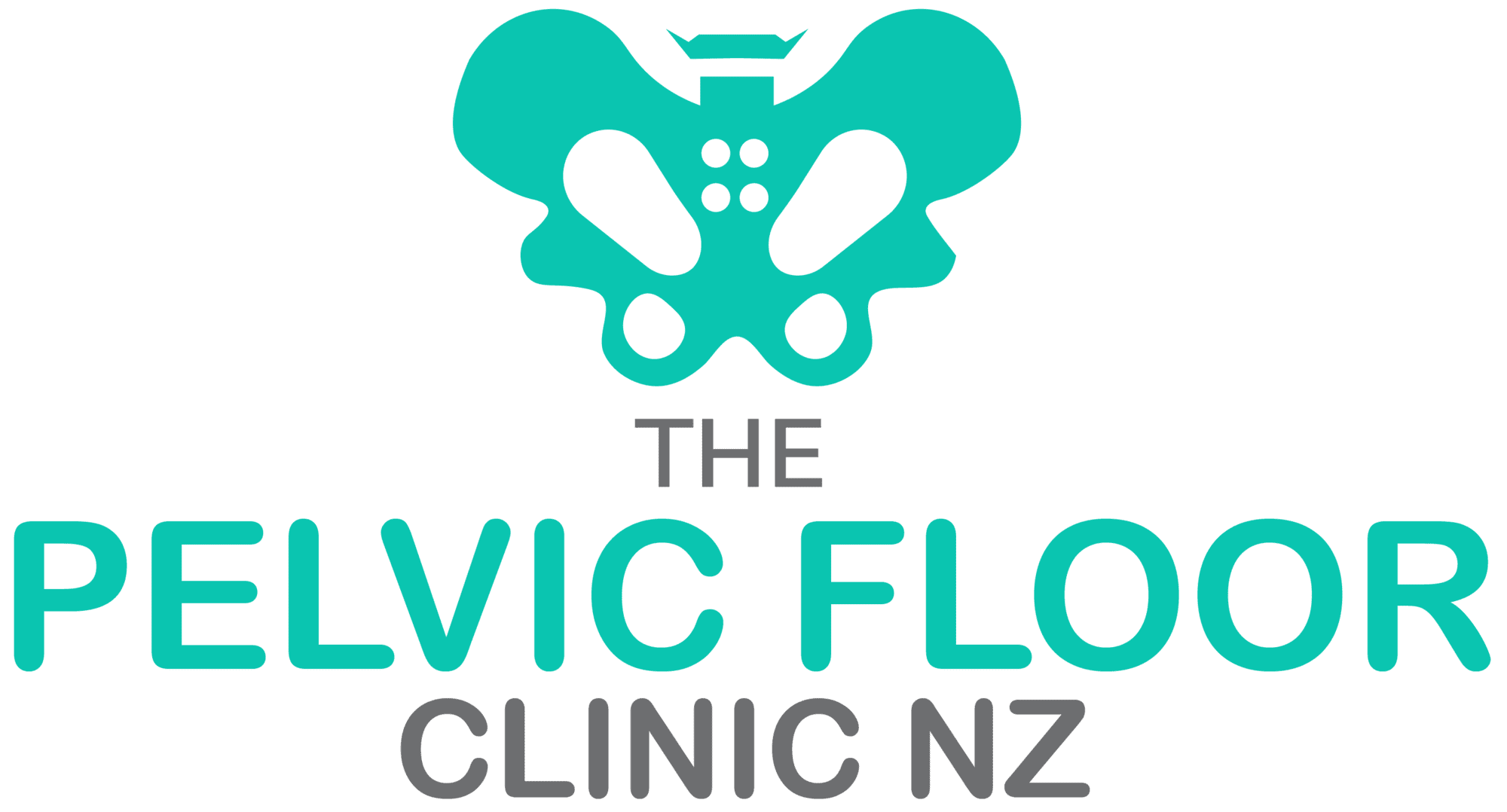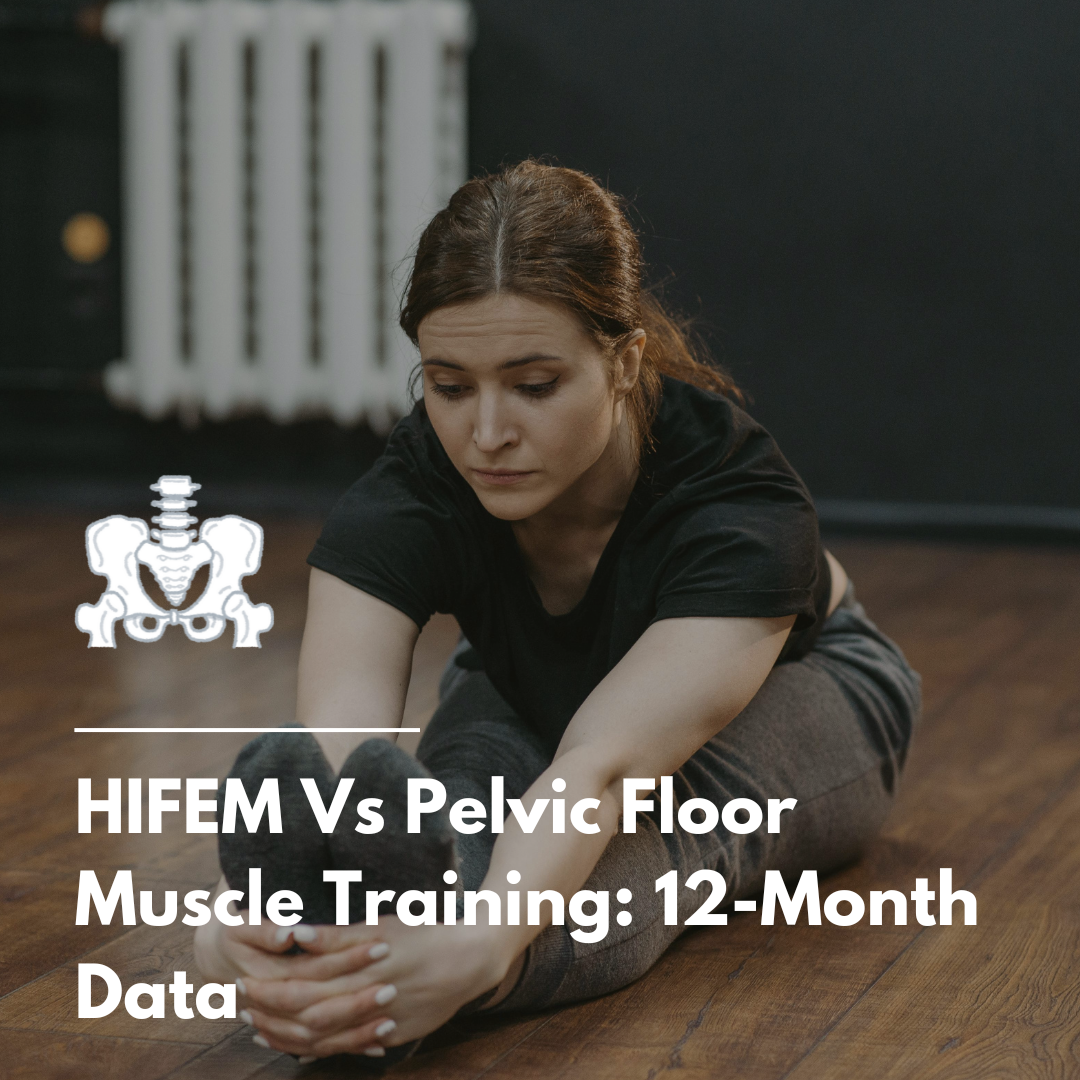Urinary incontinence is a condition that can significantly disrupt the daily lives of millions, impacting physical comfort, emotional well-being, and overall quality of life. For decades, pelvic floor muscle training (PFMT) has been the go-to recommendation for managing this condition. However, recent advancements in technology have introduced High-Intensity Focused Electromagnetic (HIFEM®) therapy as a non-invasive alternative to strengthen the pelvic floor.

A randomized 12-month study published in the Journal of Women’s Health Care compared the efficacy of HIFEM therapy with PFMT in treating urinary incontinence. The results reveal game-changing insights into how HIFEM outperforms traditional exercises, offering hope to individuals seeking better long-term outcomes.
What Is Urinary Incontinence?
Urinary incontinence (UI) refers to the involuntary leakage of urine, a condition caused by weakened pelvic floor muscles or overactive bladder activity. It can result from childbirth, aging, menopause, or other medical conditions. UI manifests in various forms:

- Stress Incontinence: Leakage triggered by physical activities like coughing, sneezing, or exercising.
- Urge Incontinence: A sudden, uncontrollable urge to urinate.
- Mixed Incontinence: A combination of both stress and urge incontinence.
While PFMT has long been used to target the weakened muscles, newer technologies like HIFEM aim to offer faster, more effective solutions.
HIFEM Therapy vs. Pelvic Floor Muscle Training (PFMT): The Basics

HIFEM Technology
HIFEM therapy works by delivering focused electromagnetic pulses to the pelvic floor, inducing supramaximal muscle contractions. These contractions are far more intense than what can be achieved voluntarily through exercises like Kegels. By targeting deep muscle tissues, HIFEM strengthens and retrains the pelvic floor in a highly efficient manner.
Pelvic Floor Muscle Training (PFMT)
PFMT, commonly known as Kegel exercises, involves the deliberate tightening and relaxing of pelvic floor muscles. These exercises are often recommended as a first-line treatment for urinary incontinence. While effective for some, they require consistency, proper technique, and months of commitment to see results.
The Study: A Detailed Comparison
Overview
The randomized study tracked 38 women between the ages of 27 and 66, divided into two groups: one undergoing six sessions of HIFEM therapy and the other performing a structured PFMT regimen. Outcomes were assessed over 12 months using standardized tools like the International Consultation on Incontinence Questionnaire (ICIQ).

Key Results at 3 Months
- Quality of Life (ICIQ-LUTSqol):
Women in the HIFEM group showed a 24% improvement in quality of life, while the PFMT group experienced a slight regression of -3%. - Urine Urgency Symptoms (ICIQ-BD):
HIFEM patients reported a 34% reduction in symptoms compared to just 5% in the PFMT group. - Pad Usage:
In the HIFEM group, 57% of patients reduced their daily pad usage by 1-2 pads, a significant improvement compared to minimal changes in the PFMT group.
Key Results at 12 Months
- Leakage and Frequency:
A staggering 86% of HIFEM patients reported less leakage and reduced urinary frequency compared to minimal improvements in the PFMT group.
Why HIFEM Outperforms PFMT

1. Efficiency
HIFEM treatments require less effort from patients. While PFMT demands months of discipline and proper technique, HIFEM delivers results after just six sessions spread over a few weeks.
2. Enhanced Muscle Activation
Unlike PFMT, which depends on a patient’s ability to perform exercises correctly, HIFEM technology guarantees targeted and effective muscle contractions. These contractions engage deeper pelvic tissues, leading to more significant improvements.
3. Long-Term Benefits
At the 12-month mark, HIFEM patients maintained better outcomes, including reduced leakage, fewer symptoms of urgency, and improved quality of life. PFMT patients, on the other hand, showed minimal to moderate improvement.
Patient Experience: What Women Are Saying
Many women who participated in the study shared positive feedback about HIFEM therapy:

- “I struggled with stress incontinence for years. After HIFEM treatments, I feel more confident in my daily life—I can even laugh or sneeze without worrying!”
- “I tried Kegels for months, but it was hard to stay consistent. HIFEM made everything so much easier.”
- “The results have lasted longer than I expected. I feel like I have control again.”
PFMT patients, while appreciative of the recommendation, expressed challenges with consistency and technique:
- “I kept forgetting to do the exercises, and I wasn’t sure if I was doing them right.”
- “It’s hard to stay motivated when you don’t see immediate results.”
Who Can Benefit from HIFEM Therapy?
HIFEM is particularly effective for:
- Women with stress, urge, or mixed urinary incontinence.
- Individuals who struggle with maintaining a consistent PFMT routine.
- Those seeking faster and longer-lasting results.
A New Standard for Pelvic Health

Holistic Benefits
Beyond addressing urinary incontinence, HIFEM therapy strengthens the entire pelvic floor, improving overall pelvic health. This can also reduce symptoms of pelvic discomfort and enhance sexual satisfaction.
Non-Invasive Solution
HIFEM provides a non-invasive alternative to surgical or pharmaceutical treatments, offering a safe, painless, and convenient option for managing incontinence.
Science-Backed Efficacy
The 12-month data from this study reinforces HIFEM as a reliable, evidence-based treatment for urinary incontinence.
A Bright Future for Urinary Incontinence Management
This 12-month study underscores the limitations of traditional pelvic floor exercises and highlights the transformative potential of HIFEM therapy. For women struggling with urinary incontinence, this technology offers a practical, effective, and long-lasting solution.
While PFMT remains a valuable starting point, it’s clear that HIFEM is setting a new standard for pelvic health. By combining cutting-edge technology with tangible results, HIFEM gives women the tools they need to regain confidence and improve their quality of life.
FAQs
1. How does HIFEM therapy feel?
HIFEM therapy is painless. Patients typically describe the sensation as a series of gentle muscle contractions.
2. Is HIFEM therapy safe?
Yes, HIFEM is FDA-cleared and considered safe for most women. Consult your healthcare provider to ensure it’s right for you.
3. How long does a HIFEM session take?
Each session lasts approximately 30 minutes, making it a convenient option for busy schedules.
4. How many HIFEM sessions are needed?
Most protocols recommend six sessions over three weeks, but your provider may tailor the plan based on your needs.
5. Can HIFEM help with other pelvic health issues?
Yes, HIFEM also improves symptoms of pelvic floor weakness, urinary urgency, and even sexual dysfunction.




